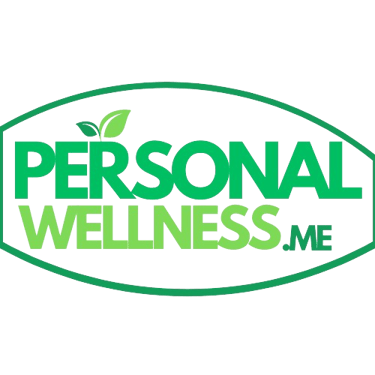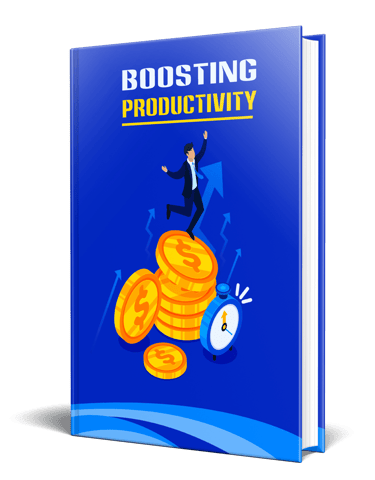Surfing Life's Highs and Lows: 5 Easygoing Methods for Stress-Free Living
Stress is an inevitable part of life, but it doesn't have to consume us. By incorporating these five easygoing methods into your daily routine, you can navigate life's highs and lows with greater ease and find a sense of calm and well-being.
FEATUREDSTRESS MANAGEMENT


Introduction: Life can often feel like a whirlwind of challenges, with stress and anxiety lurking around every corner. It's no secret that stress can take a toll on our overall well-being, affecting our physical health, mental clarity, and emotional stability. That's why it's crucial to find practical and easygoing methods for stress-free living. In this article, we will explore five effective techniques that can help you navigate life's highs and lows with ease. Mindfulness Meditation: One powerful method for managing stress is through the practice of mindfulness meditation. Mindfulness meditation involves bringing your attention to the present moment, without judgment or attachment to thoughts or emotions. It allows you to cultivate a sense of awareness and acceptance, even in the midst of challenging situations. If you're new to mindfulness meditation, here's a quick-start guide to get you going: 1. Find a quiet and comfortable space where you can sit or lie down. 2. Close your eyes and take a few deep breaths, allowing yourself to relax. 3. Bring your attention to your breath, noticing the sensation of each inhale and exhale. 4. As thoughts or distractions arise, simply acknowledge them without judgment and gently bring your attention back to your breath. 5. Start with just a few minutes each day and gradually increase the duration as you feel comfortable. Consistent practice of mindfulness meditation can have numerous benefits, including reduced stress and anxiety, improved focus and concentration, and increased overall well-being. By incorporating this simple yet powerful technique into your daily routine, you can cultivate a calm and centered mindset that will help you navigate life's challenges with ease. Progressive Muscle Relaxation (PMR): Another effective method for promoting relaxation and reducing stress is Progressive Muscle Relaxation (PMR). PMR involves systematically tensing and then relaxing different muscle groups in the body, promoting physical and mental relaxation. To practice PMR, follow these steps: 1. Find a comfortable position, either sitting or lying down. 2. Start by tensing the muscles in your toes and feet, holding the tension for a few seconds, and then releasing it. 3. Gradually work your way up through each muscle group, including your legs, abdomen, chest, arms, and face. 4. As you release the tension in each muscle group, focus on the sensation of relaxation and let go of any tension or stress you may be holding. Progressive Muscle Relaxation can be a valuable tool for managing stress, as it allows you to become more aware of the tension in your body and consciously release it. Regular practice of PMR can help you unwind after a long day, promote better sleep, and improve your overall well-being. Establishing Boundaries: Setting clear boundaries is crucial for maintaining a stress-free life. Boundaries help protect your time, energy, and emotional well-being, allowing you to prioritize what truly matters to you. Here are some tips for establishing healthy boundaries: 1. Identify your limits: Take some time to reflect on what is important to you and what you are willing to tolerate. This could include setting limits on your work hours, personal commitments, or relationships. 2. Communicate your boundaries: Once you have identified your boundaries, it's important to communicate them to those around you. Be assertive and clear about your needs and expectations. 3. Practice self-care: Prioritize self-care and make time for activities that bring you joy and relaxation. This will help you recharge and maintain a healthy balance in your life. 4. Learn to say no: It's okay to say no to things that don't align with your priorities or values. Remember that saying no to others means saying yes to yourself and your well-being. By establishing and maintaining healthy boundaries, you can create a stress-free environment that allows you to focus on what truly matters to you. Cultivating Gratitude: Practicing gratitude is a simple yet powerful way to shift your focus from stress and negativity to appreciation and positivity. Gratitude can help you develop a more optimistic outlook on life and reduce the impact of stress on your overall well-being. Here are some ways to cultivate gratitude: 1. Keep a gratitude journal: Take a few minutes each day to write down things you are grateful for. This can be as simple as a beautiful sunset, a kind gesture from a friend, or a delicious meal. 2. Express gratitude to others: Take the time to express your gratitude to the people in your life. A heartfelt thank you or a kind note can go a long way in strengthening relationships and spreading positivity. 3. Practice mindfulness of gratitude: Throughout the day, pause and notice the things you are grateful for in the present moment. This can help you shift your focus from stress to appreciation. By cultivating gratitude, you can train your mind to notice the positive aspects of life and reduce the impact of stress on your overall well-being. Embracing Mindful Movement: Engaging in mindful movement practices, such as yoga or tai chi, can be a great way to reduce stress and promote relaxation. These practices combine physical movement with breath awareness and mindfulness, allowing you to connect with your body and quiet your mind. Here are some benefits of embracing mindful movement: 1. Stress reduction: Mindful movement practices can help release tension and promote relaxation, reducing the impact of stress on your body and mind. 2. Improved flexibility and strength: Regular practice of mindful movement can improve your physical fitness, flexibility, and strength. 3. Enhanced mind-body connection: Mindful movement practices allow you to cultivate a deeper connection between your mind and body, promoting overall well-being. By incorporating mindful movement into your routine, you can experience the numerous benefits it offers and create a more stress-free and balanced life. Conclusion: Stress is an inevitable part of life, but it doesn't have to consume us. By incorporating these five easygoing methods into your daily routine, you can navigate life's highs and lows with greater ease and find a sense of calm and well-being. Whether it's through mindfulness meditation, progressive muscle relaxation, establishing boundaries, cultivating gratitude, or embracing mindful movement, these techniques can help you surf life's challenges and find peace in the midst of it all.


